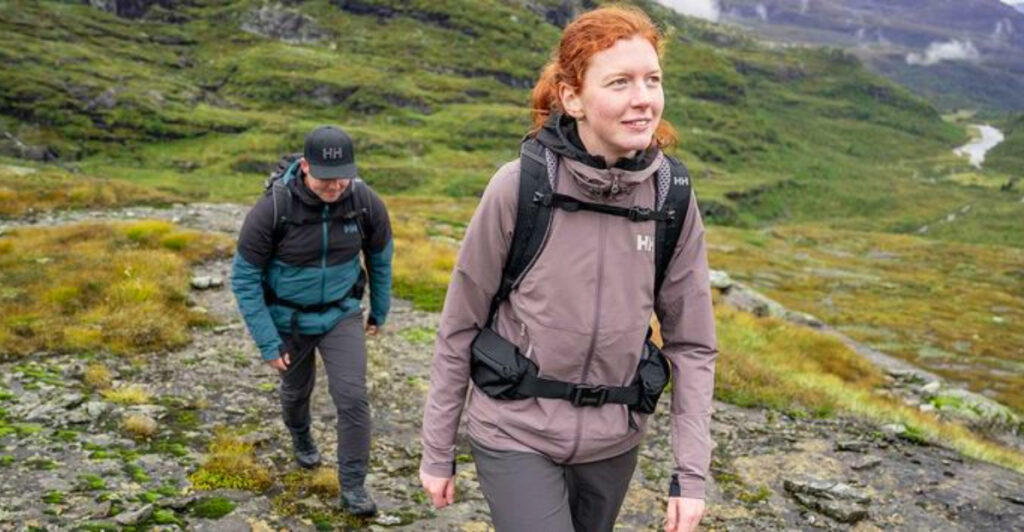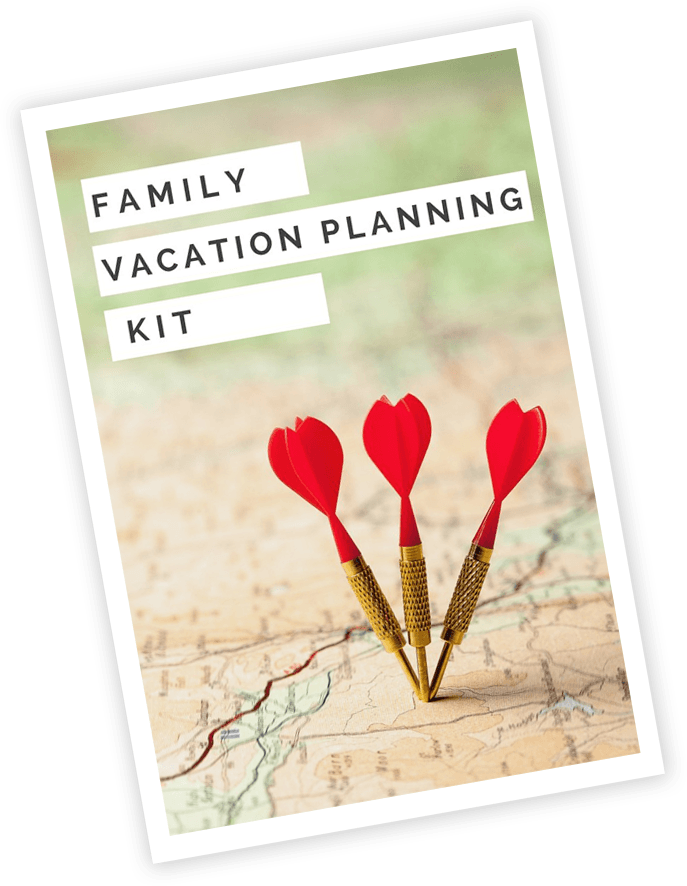Getting outside and exploring nature on foot can transform your weekends and boost your physical health. Hiking offers fresh air, beautiful scenery, and a chance to disconnect from screens while reconnecting with the natural world. Whether you’re planning a short trail walk or dreaming of mountain adventures, knowing the basics will help you stay safe, comfortable, and eager to return for more outdoor experiences.
1. Start With Short, Easy Trails
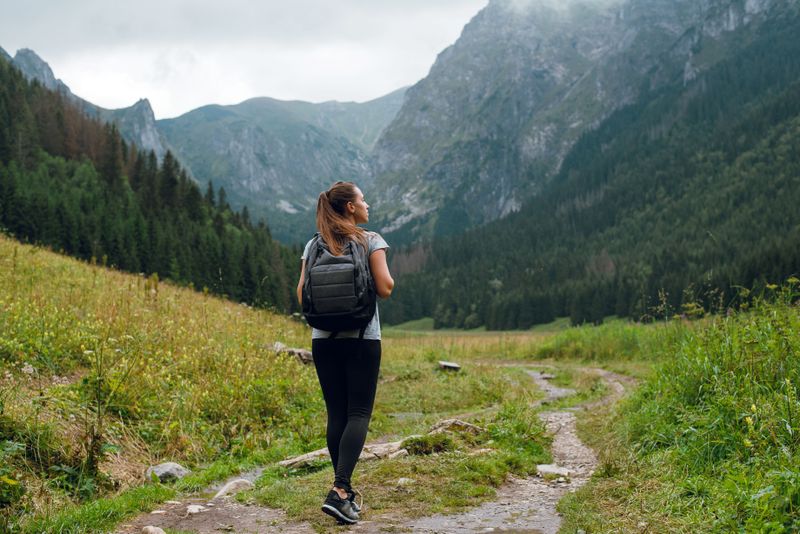
Your first few hikes should feel achievable rather than overwhelming. Pick trails under three miles with minimal elevation gain so your muscles and lungs can adjust gradually.
Websites like AllTrails let you filter by difficulty level, making it simple to locate beginner-friendly paths nearby. Reading recent reviews helps you understand current trail conditions and what to expect.
Building confidence on easier routes prepares you mentally and physically for more challenging adventures later.
2. Check the Weather Forecast
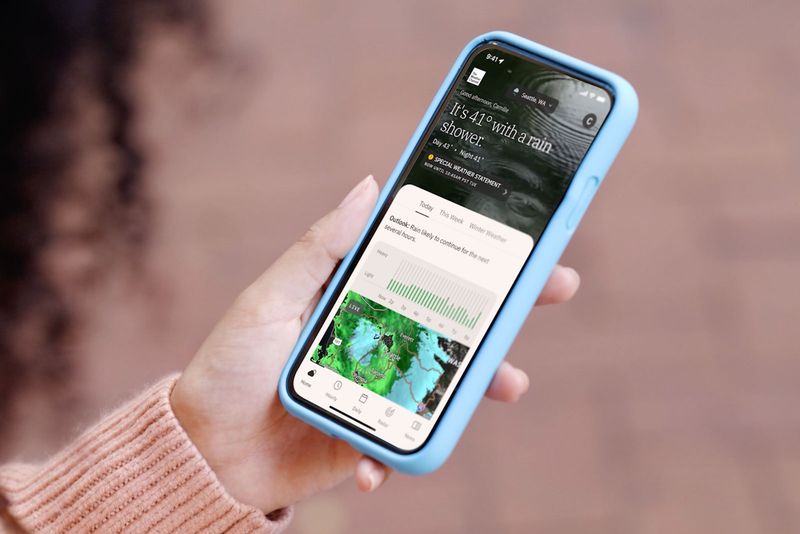
Weather can change quickly, especially in mountainous areas, turning a pleasant hike into a risky situation. Always check the forecast the night before and again the morning of your trip.
Rain makes trails muddy and slippery, while unexpected storms bring lightning danger. Wind chill at higher elevations can drop temperatures significantly even on sunny days.
Pack extra layers and rain protection based on what the forecast predicts, and don’t hesitate to postpone if conditions look sketchy.
3. Wear Proper Footwear
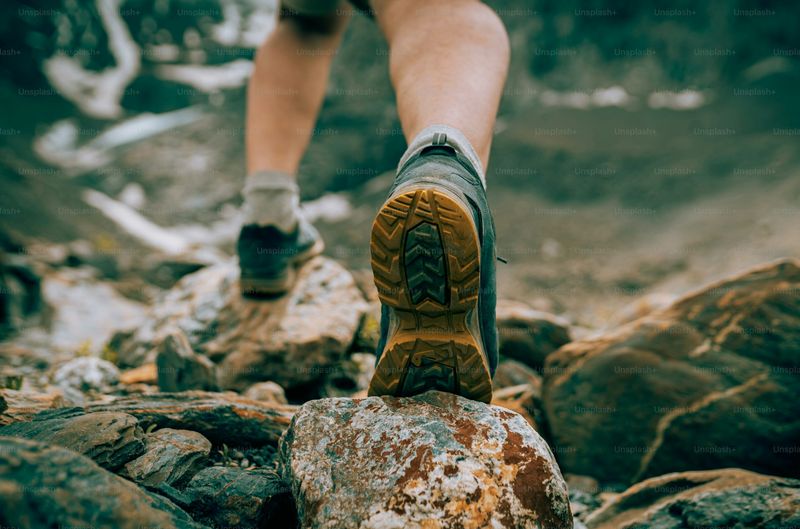
Nothing ruins a hike faster than painful blisters or twisted ankles from poor shoe choices. Invest in hiking boots or trail shoes with solid ankle support and deep tread patterns for grip.
Visit an outdoor store where staff can measure your feet and recommend options that fit your hiking style. Wear your new footwear around the house and on short walks for at least a week before tackling longer trails.
Well-broken-in shoes prevent hot spots and keep your feet stable on uneven terrain.
4. Dress in Layers
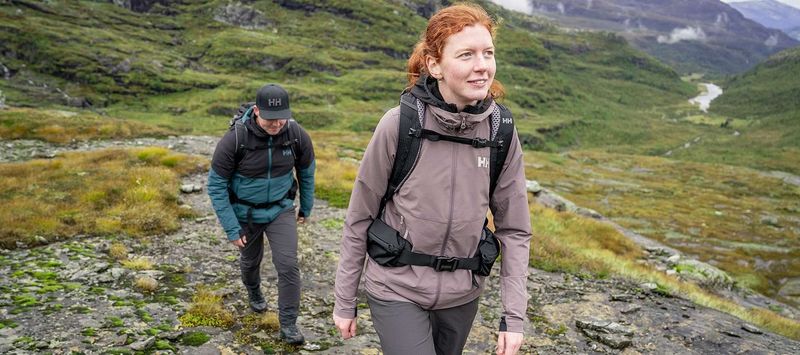
Temperature shifts happen constantly during hikes as you climb, descend, or move between sun and shade. Layering gives you control over your comfort by letting you add or shed clothing as needed.
Start with a moisture-wicking base layer made from synthetic fabric or merino wool that pulls sweat away from your skin. Add an insulating fleece or down mid-layer, then top it with a waterproof shell jacket.
Skip cotton entirely since it holds moisture and leaves you cold and clammy when you stop moving.
5. Bring Plenty of Water and Snacks
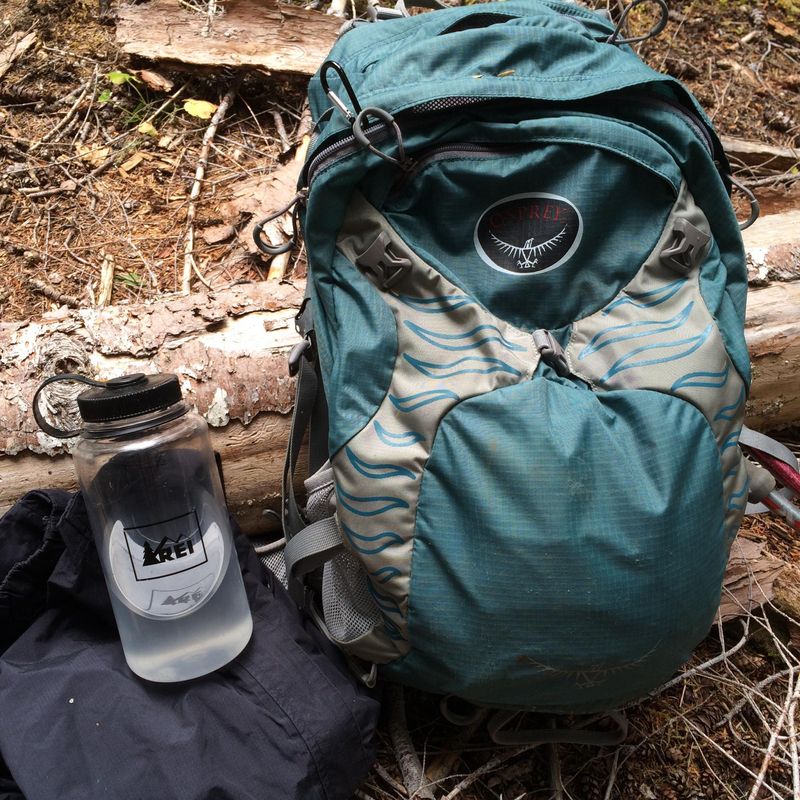
Dehydration sneaks up quietly, causing headaches, fatigue, and poor decision-making before you realize what’s happening. Plan to drink at least half a liter of water per hour, more if temperatures soar or you’re working hard.
Carry extra water beyond what you think you’ll need as a safety buffer. Pack calorie-dense snacks like nuts, dried fruit, granola bars, or jerky to maintain your energy levels throughout the hike.
Eating small amounts regularly beats waiting until you’re starving and exhausted.
6. Use a Comfortable Backpack
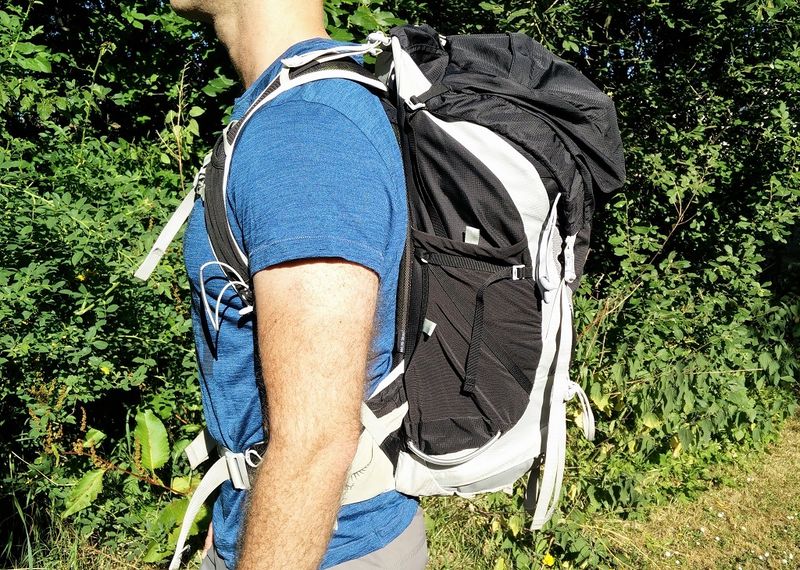
Carrying everything in your hands or a shoulder bag gets uncomfortable fast and throws off your balance. A proper daypack with padded shoulder straps and a hip belt distributes weight across your hips instead of straining your shoulders.
Look for packs between 15 and 25 liters for day hikes, which offer enough room without encouraging overpacking. Adjust all straps so the pack sits snugly against your back without bouncing or swaying.
Side pockets for water bottles and easy-access compartments make grabbing essentials simple without stopping constantly.
7. Learn Basic Trail Etiquette
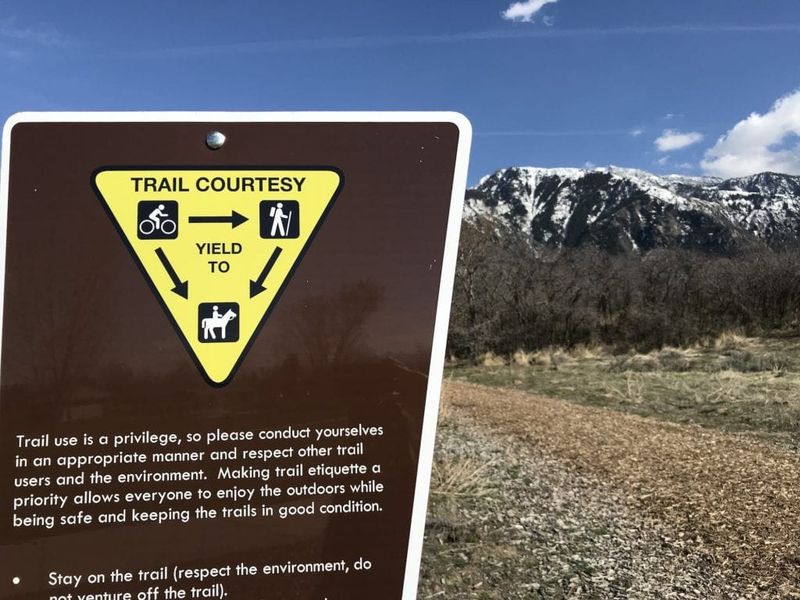
Respecting fellow hikers and the environment keeps trails enjoyable for everyone and protects fragile ecosystems. Always yield to people hiking uphill since they’re working harder and losing momentum is frustrating.
Stay on marked paths rather than cutting switchbacks, which causes erosion and damages plant life. Pack out every bit of trash you bring, including orange peels and banana peels that take months to decompose.
Keep dogs leashed where required and maintain reasonable noise levels so others can enjoy nature’s sounds.
8. Know Your Limits and Pace Yourself
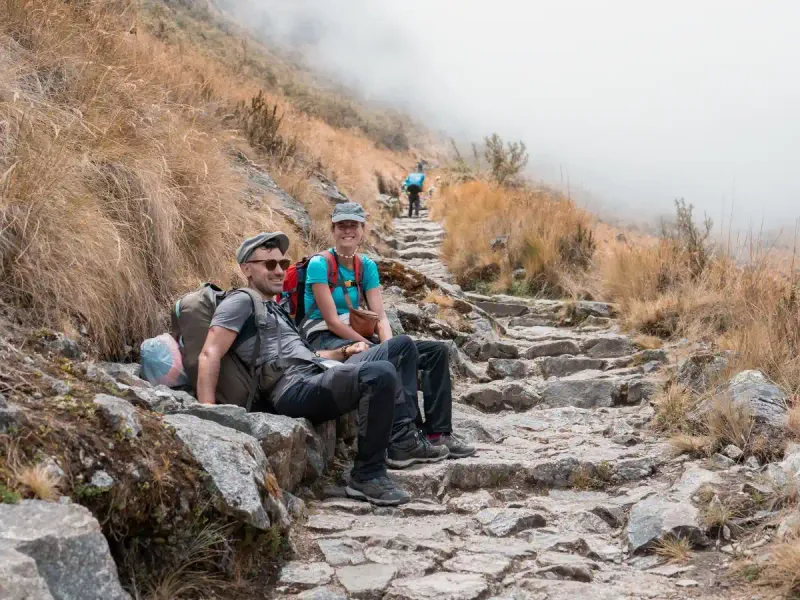
Charging ahead like you’re racing only leads to exhaustion, injuries, or needing rescue before reaching your destination. Start at a conversational pace where you can talk without gasping for breath.
Take short breaks every 30 to 45 minutes to drink water, eat snacks, and let your heart rate settle. Listen to your body’s signals about fatigue, pain, or dizziness rather than pushing through warning signs.
Beginning your hike early gives you plenty of daylight and eliminates pressure to rush back before darkness falls.
9. Carry a Simple First Aid Kit
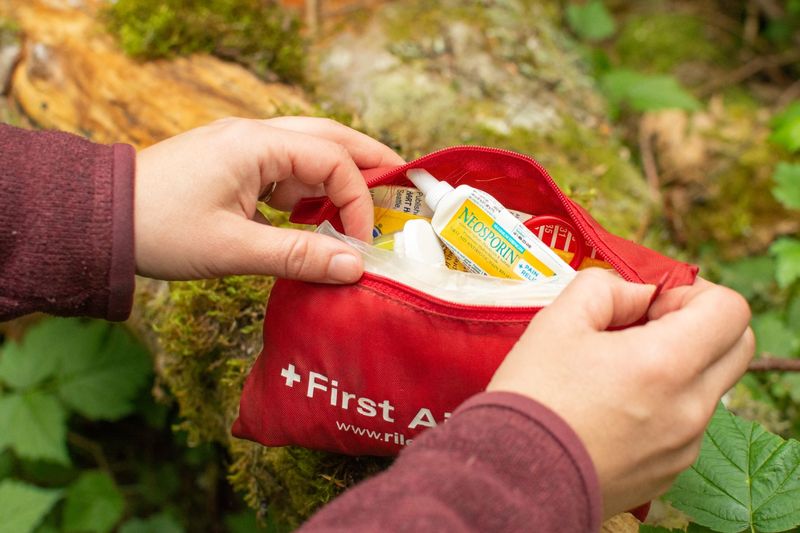
Minor injuries like blisters, scrapes, or insect bites happen frequently on trails, but they don’t have to end your hike. A basic first aid kit weighs almost nothing yet handles most common problems you’ll encounter.
Include adhesive bandages in various sizes, blister treatment patches, antiseptic wipes, pain relievers like ibuprofen, and any personal medications you need. Add tweezers for splinters and elastic wrap for sprains.
Knowing how to use each item before emergencies arise makes you confident and prepared rather than panicked.
10. Bring Navigation Tools Even if You Have a Phone
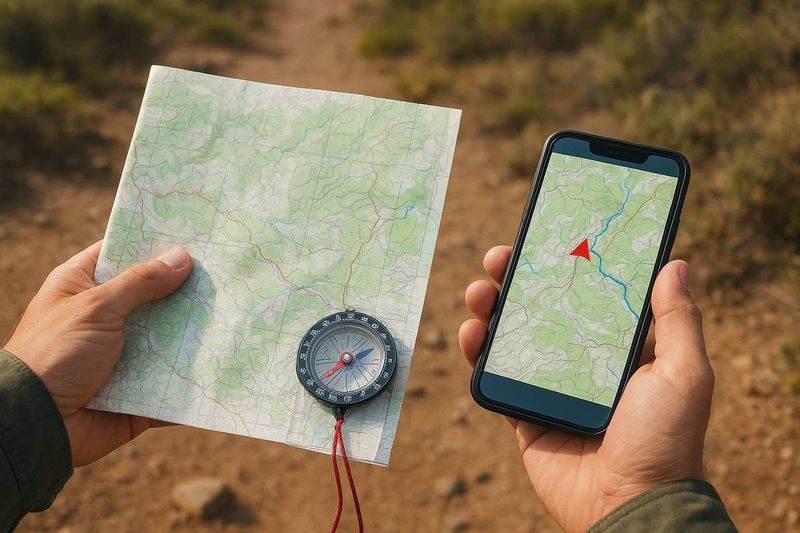
Cell service disappears quickly once you leave populated areas, and phone batteries drain faster in cold weather or when searching for signals. Download offline maps through apps like AllTrails or Gaia GPS before leaving home so you can navigate without service.
Carry a printed map and basic compass as backup since they never run out of power or break. Learning to read topographic maps and use a compass takes practice but provides reliable navigation skills.
Having multiple navigation options prevents getting lost and increases your confidence exploring new trails.
11. Tell Someone Your Plan
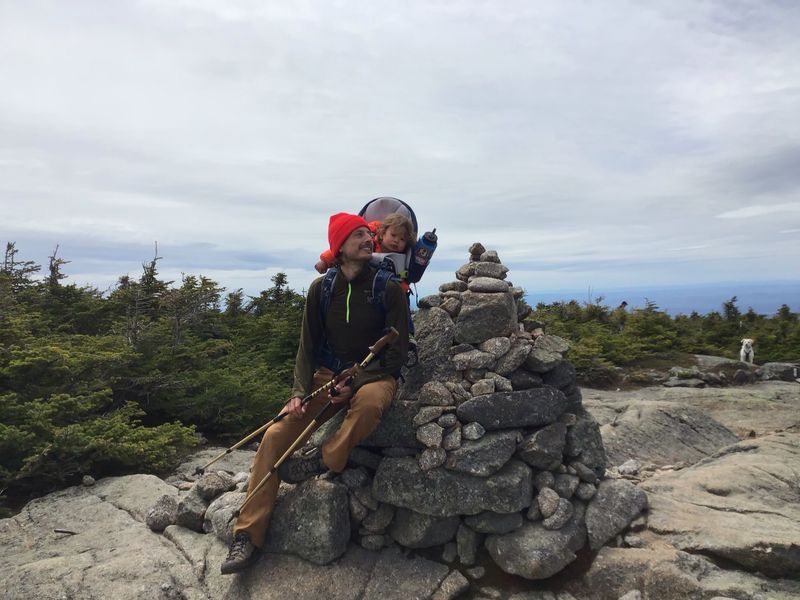
This simple habit could save your life if something goes wrong and you can’t call for help yourself. Before leaving, text or tell a trusted friend or family member exactly which trail you’re hiking and when you expect to return.
Include the trailhead name, parking area, and your planned route so rescuers know where to search if needed. Agree to check in once you’re safely back so they know not to worry.
Even experienced hikers follow this rule because accidents, weather changes, and unexpected delays happen to everyone.

